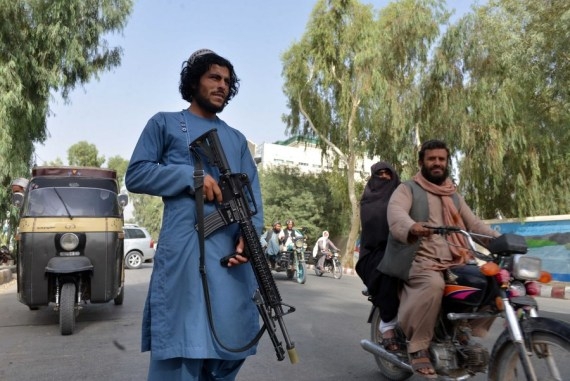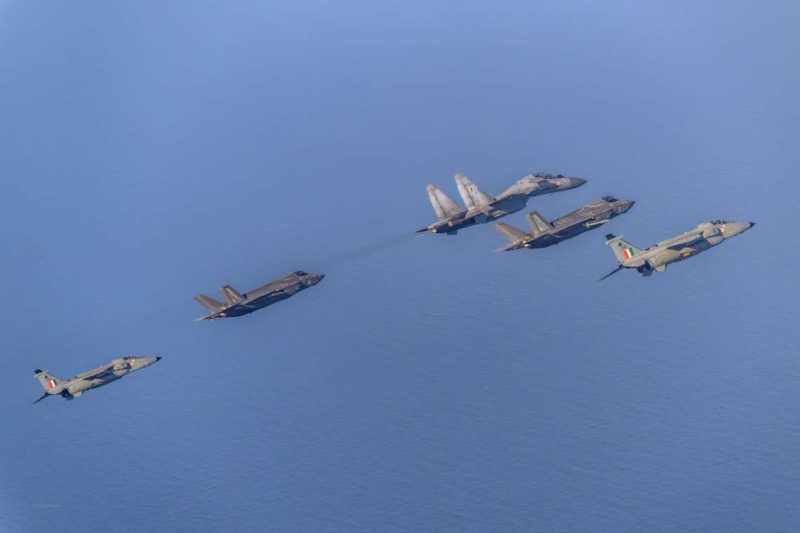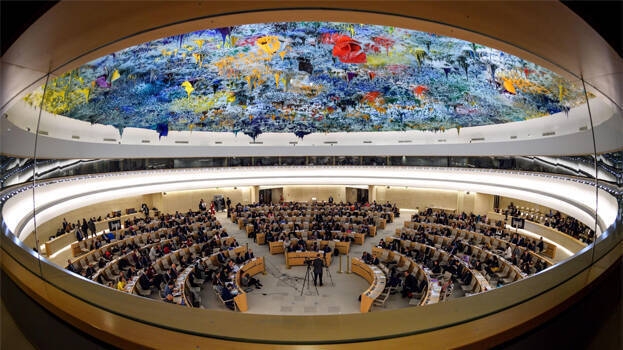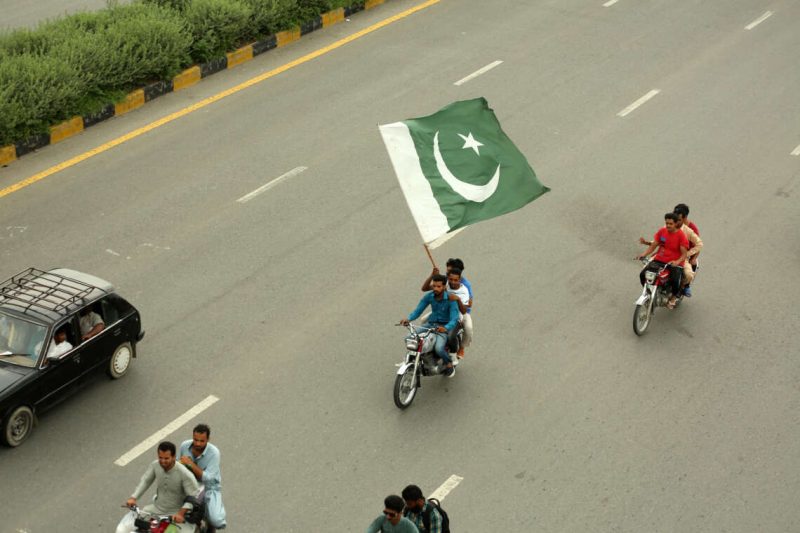Ahead of the 2+2 dialogue of the Defence and Foreign Ministers, US Secretary of State Mike Pompeo made it plain that talks in New Delhi will look at ways of thwarting the CPC…reports ATUL ANEJA

Amid a military standoff with China in Ladakh, India and the United States began a landmark dialogue which will cement foundations of a novel strategic partnership covering the broad sweep of the entire Indo-Pacific region, with the Communist Party of China (CPC) as the focal point.
Ahead of the 2+2 dialogue of the Defence and Foreign Ministers, US Secretary of State Mike Pompeo made it plain that talks in New Delhi will look at ways of thwarting the CPC.
“I’m sure that my meetings will also include discussions on how free nations can work together to thwart threats posed by the Chinese Communist Party,” America’s top diplomat said before embarking on his visit.
The two US top officials have arrived in the Indian capital following the meeting in Tokyo of the Indo-Pacific Quad comprising India, US, Australia and Japan on October 6. The quartet will hold Malabar naval exercises next month in the Bay of Bengal and the Arabian Sea.

With its economic and geopolitical heft declining, the US is seeking active partnership of the Quad that would collectively disallow Chinese domination of the Indo-Pacific.
Within the Quad, the US views India as the linchpin of the budding but historic security partnership of the 21st century, which will prevent the regional balance of power from shifting in China’s favour. Speaking at a recent event at the Washington-based think tank Atlantic Council, Mark Esper, the US Defence Secretary, stressed that India “will be the most consequential partner for us, I think, in the Indo-Pacific for sure, in this century.”
Since the last two decades, the US and India have grown closer, following a landmark political deal that legitimized India’s nuclear arsenal and permitted sales of US civilian nuclear technology to India.

In tune with their broader strategic vision, the two countries on tomorrow will sign the Basic Exchange Cooperation Agreement (Beca), the last of the four foundational military agreements, which would allow both countries to share geospatial data. Beca is a precursor to India acquiring armed drones such as the MQ-9B from the US that use spatial data for pinpointed strikes, Hindustan Times earlier reported.
The Beca agreement will allow precision flying by India’s US-built aircraft, including Apache attack helicopters and Chinook heavy lift helicopters, as well as pin-pointed destruction of acquired targets, as these platforms would be loaded with neighborhood terrain maps. Data provided under Beca would be critical for deploying MQ-9 B armed drones for super-accurate strikes.
The daily also cited a strong possibility that the two sides could work out a pact that ties up the Defence Intelligence Agencies of the two countries. India and the US already share real-time intelligence through the communication agreement called COMCASA.

But the new agreement would be broader in scope as it would allow sharing of vital tri-services intelligence on military developments ranging from the South China Sea to Ladakh.
From near scratch in in 2008, India-US bilateral military hardware trade has scaled $20billion this year, according to the State Department.
The two sides are slated to discuss muscle flexing by the People’s Liberation Army (PLA) in Ladakh and the South China Sea and possible countermeasures to Chinese expansionism by the Indo-Pacific Quad. “In the current scenario of the border standoff with China, geospatial intelligence and real-time images will be crucial for us,” The Wall Street Journal quoted an Indian official as saying.
The fluid situation in Afghanistan, and Pakistan’s support to terror groups, will also blip on the radar during the talks.

The visit of the two US officials is part of the formation of an anti-CPC coalition in the Indo-Pacific, with Sri Lanka, Maldives and Indonesia, besides India, being additional points of anchorage. From New Delhi, Pompeo will fly to Sri Lanka and Maldives-two pivotal countries, which, China has tried to entice as its satellites in the Indian Ocean Region (IOR). The Chinese moves, which include control of the Hambantota port in Sri Lanka, have been deeply resented first by New Delhi, but now also by Washington. The US wants India to play a leading role in the IOR space, said analysts who have monitored recent visits by senior US officials to India, but who did not wish to named.
“We encourage Sri Lanka to review the options we offer for transparent and sustainable economic development in contrast to discriminatory and opaque practices,” said Dean Thompson, a State Department official overseeing South and Central Asian affairs. He added: “We urge Sri Lanka to make difficult but necessary decisions to secure its economic independence for long-term prosperity, and we stand ready to partner with Sri Lanka for its economic development and growth.”
Pompeo’s visit to Male will build on the recent defence accord that was signed between the US and Maldives, revealing yet again Washington’s greater activism in the Indian Ocean, in coordination with India. “India and the US have discussed in advance their coordination in detail, whether it is Bangladesh, Sri Lanka or Maldives,” an official who did not wish to be named said.

The US Secretary of State’s visit to Indonesia comes at a time when cooperation between Jakarta and Beijing is being shrouded by the dispute between the two countries over the Natuna islands in the South China Sea.
Indonesia’s role would be crucial in keeping the international trade routes free from Chinese interference. Indonesia hosts four important straits-Malacca, Sunda, Ombai Wetar and Lombok-through which container ships, oil tankers, warships and submarines between the Indian Ocean and the Pacific pass.
In the long-run, the US is emitting signals of its intent to expand the Indo-Pacific Quad. Countries that have been earmarked for expansion include Vietnam, Malaysia, Maldives and Indonesia, official sources said.
Marc Knapper, Deputy Assistant Secretary of State for Korea and Japan, said at the Mount Fuji dialogue in Tokyo on Saturday that once the foursome determines its policy direction, it will not exclude other countries from participating as members.









